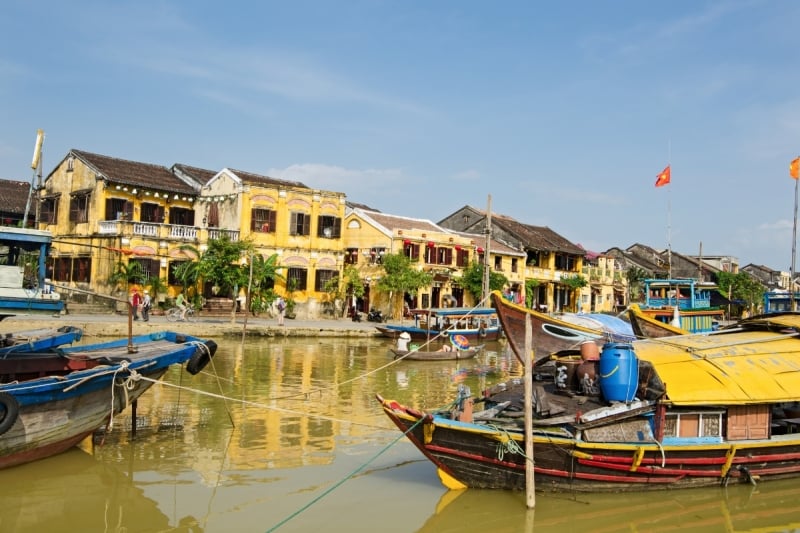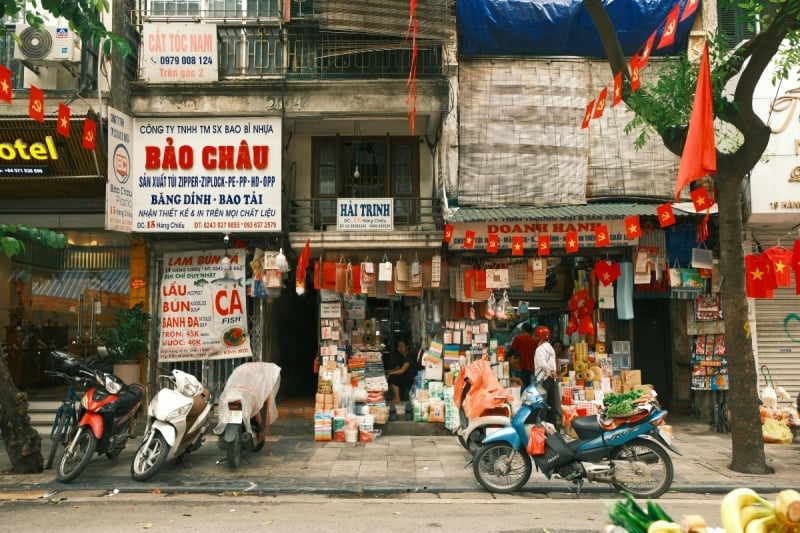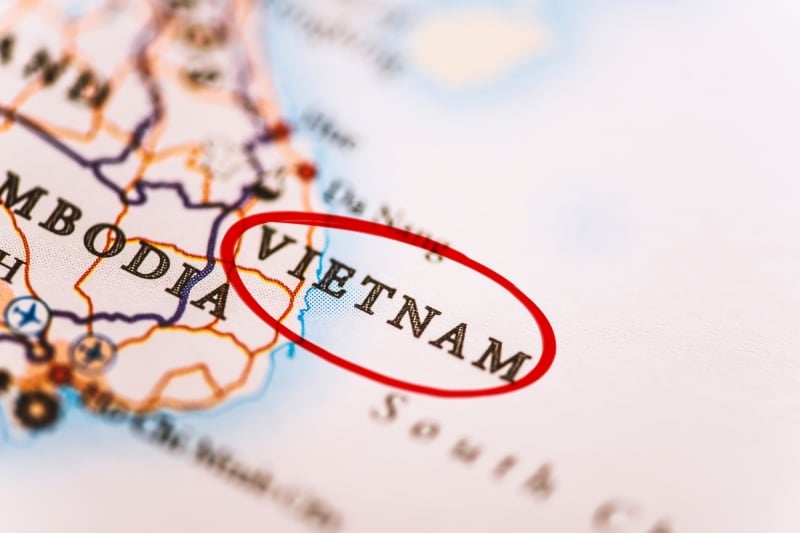After devastating floods in late October, the UNESCO‑listed Vietnamese town Hội An is gradually reopening its lantern‑lit streets to travellers as clean‑up efforts intensify. The town, famed for its riverside charm and heritage architecture, has shown remarkable resilience in the face of one of the most disruptive natural disasters in recent times.
Also read: Typhoon Kalmaegi Hits Vietnam: What Travellers Should Know
Legacy town besieged by water

Image credit: elmvilla via Canva Pro
In the central Vietnamese region where Hội An is located, days of torrential rainfall caused the Hoài River and nearby tributaries to burst their banks, submerging large parts of the town’s historic centre. Wooden houses, traditional shop‑houses, and heritage architecture, long‑standing symbols of the town’s trading past, were contaminated by thick mud and floodwaters.
According to official figures, tourism and ancillary services accounted for nearly two‑thirds of the regional income, as Hội An welcomed more than 4.4 million visitors in the last full year, including approximately 3.6 million foreigners.
Economic and recovery landscape

Image credit: Thuan Pham via Canva Pro
Though an official total damage estimate has yet to be released, small shop‑owners report losses in hundreds of millions of dong, equating to thousands of Singapore dollars.
Widespread power outages and property damage complicate matters: the region’s disaster agency reported more than 16,000 houses inundated and over 5,300 hectares of crops flooded. Around 75,000 people were still experiencing power shortages.
Moreover, Hội An’s dependence on tourism leaves it vulnerable. The return of visitors is not just a matter of sightseeing; it is essential for local livelihoods. The current phase of reopening is as much about restoration as about reminding the world that Hội An’s heritage remains vibrant.
Clean‑up in full swing and visitors expected back

Image credit: Vesnaandjic via Canva Pro
As floodwaters receded from late October, residents of Hội An began cleaning thick mud and debris from streets, shopfronts and heritage buildings. Shop‑owners reported replacing broken furniture and fixtures, repairing interiors damaged by water, and restoring power lines.
All was not lost. From 1 November onward, glimpses of normality returned. Many of the town’s historic lanes and riverfront zones were reopened to visitors, though with caveats, as some areas remain under repair or assessment. They strolled along the riverfront, entered restored heritage zones, and visited landmarks despite many hotels, restaurants and lantern workshops still being cleaned or undergoing repair.
While the immediate clean‑up phase is progressing swiftly, the broader challenge for Hội An will be enhancing resilience against future storms and looking beyond the typical tourism cycle. Regional storm seasons remain a threat, and adaptation looks increasingly important for heritage‑rich destinations like this one.
The rebirth of Hoi An: where heritage meets resilience

Image Credit: Nikada via Canva Pro
What makes Hội An a particularly interesting destination now is the way heritage meets resilience. The town’s popular lantern‑draped lanes, wooden shophouses, and riverside charm are still present, but they now carry the imprint of recent adversity. This rich terrain now presents a chance to observe how a heritage site responds to climate‑linked events, how the tourism sector pivots, and how local communities commit to rebuilding.
A stroll through the old town might look familiar with the Japanese Covered Bridge and the facade of centuries‑old merchant houses, yet the presence of clean-up crews, shops awaiting repair, and occasional boarded‑up windows offers a slightly different atmosphere. Instead of a polished attraction, it is now a place of recovery and renewal.
Singapore travellers: what you should know

Image credit: guvendamir via Canva Pro
For travellers from Singapore, Hội An presents a compelling opportunity: you may visit a destination in recovery mode, yet still accessible and rich with heritage appeal. A few considerations include:
Before travelling, check the availability of accommodation and restaurants, as some may still be partially closed or operating at reduced capacity. Keep an eye on weather updates, as Vietnamese authorities have warned of possible renewed flooding with more heavy rain expected in the coming days. Above all, visit with sensitivity, as many local businesses are still recovering from significant losses, and the community will appreciate respectful and thoughtful engagement from visitors
Practical tips for your visit

Image credit: Tarik Kizilkaya via Canva Pro
When planning your trip, first choose accommodation that has confirmed full operations and ask about any flood-related repairs before booking. Next, plan your visit during the day when key heritage zones and lantern shops are open to make the most of your experience. Additionally, consider a shorter stay or keep your schedule flexible in case of weather disruptions. Moreover, support local businesses directly by visiting souvenir shops, lantern makers, and local eateries. Finally, remember to respect all signage and official warnings, as authorities continue to monitor river levels and the potential for re-flooding.
Also read: 6 of The Most Beautiful Places to Visit in Vietnam
Hội An in November 2025 offers something unique. It may not be at peak splendour yet, which is precisely its appeal: an opportunity to see a resilient destination in transition, to travel with empathy, and to bear witness to the ongoing story of revival.
For those seeking meaningful travel experiences beyond traditional sightseeing, Hội An now offers an opportunity to explore a living heritage, interact with communities in the midst of recovery, and reflect on the intersection of tourism, climate, and cultural preservation. It is a reminder that travel is not only about destinations but also about shared human stories of endurance, adaptation and hope.




